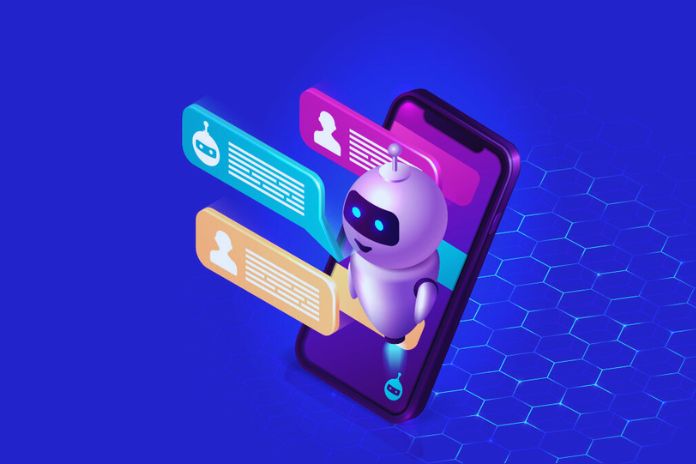BOTs are familiar. They had already been on Twitter for years but only performed small, simple tasks like thanking a new subscriber or responding with pre-formatted messages. Recently, BOTs and AI are revolutionizing the use of Facebook Messenger and our digital relationship. In fact, for several months now, advertisers and the media have been using this new channel to optimize their customer relationships and to innovate through new user experiences. As a reminder, a chatbot is a conversational robot whose objective is to inform an Internet user.
Bots Are Everywhere
Very present on Twitter or Instagram, they also intervene:
- on Facebook in the comments,
- on the LiveChats of brand sites
- but also by SMS
- and above all, on Messenger, where the potential for interaction is greatest.
Indeed, the arrival of BOTs on Messenger has triggered a new generation of more intelligent chatbots and, above all, richer in their interactions. Each chatbot is designed to perform a specific set of tasks. This can range from a simple thank you for booking a restaurant or ordering flowers and scheduling their delivery. They can be programmed to make us movie recommendations, send us personalized news, or compare the best flights… In short, we now call “BOT” all the software that renders us a service using conversational interactions. BOTs thus allow the software to provide its services in a more “human” form…
BOTs And AI (Artificial Intelligence)
With the development of bots, AI is also developing, or vice versa!
BOTs Without AI
These BOTs without artificial intelligence use standard phrases and menus to prompt the user. Then they respond with pre-determined content and are therefore limited in their diversity. BOTs without AI are used to generate conversations, “trees” of interactions that respond to logical sequences of questions/answers. Like BOTs with AI, they cannot interpret a request in natural language or seek answers that exceed those that have been programmed.
However, a Bot without AI on Messenger can mix responses of different types: texts, menus, carousels, images, videos, and full-page displays. This diversity of content types provided in response to users allows for an enriched user experience despite the absence of AI. I couldn’t resist offering you a short meeting with the BOT of the 12th Man of Orange to find out what it offers. Don’t forget to start the conversation with a “Hello” so that he answers you because he is polite and does not speak first. But there are many others that I invite you to offer us in the comments of this article or on Linkedin and Twitter.
BOTs With AI
In BOTs that use artificial intelligence, we will distinguish 4 major AI features that will differentiate BOTs radically. Differentiate them by the richness of their interactions and the budget necessary for their implementation.
AI To Understand Our Questions
BOTs can use AI to interpret and turn our questions into precise queries. For example, I will write in natural language, “I am looking for a ticket,” and the Bot will initiate the conversation to find out if I want a bus, train, or plane ticket, which will ultimately allow it to make a specific request on a trip to Marseille by train, etc. For example, it’s the first shape we know of on our phones with SIRI for the iPhone.
Expert AI Of A Closed Domain
Some BOTs will use AI to search for answers in a closed corpus, such as the database of all L1 football results since its creation or the article database of an e-merchant. This limit of a “closed” database may seem inconvenient, but as soon as it is large enough, they can become real experts within the “Reference Corpus.”
AI Open To The Whole Web
Finally, the most daring BOTs will use an AI that connects as much to a brand’s Information System as to the Internet in the broad sense. He will thus combine the skills of a closed AI and seek the answers he lacks outside his corpus.
Self-Learning
This is the case of the application that IBM has developed on its AI engine Watson to help doctors treat cancer. The “Cancer” corpus was initially initialized to initiate the process. Then it developed independently as doctors requested and received feedback on the quality of the information.
Also Read: Subsidized Finance: What It Is And What It Can Do For Digital

